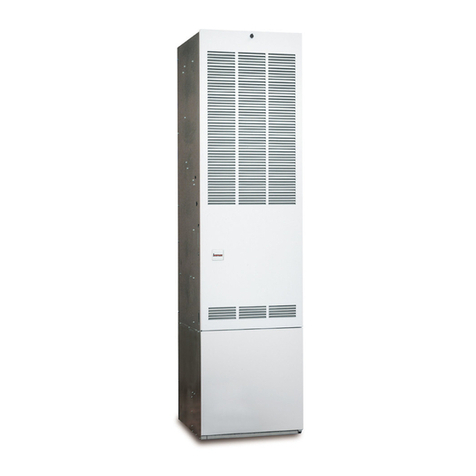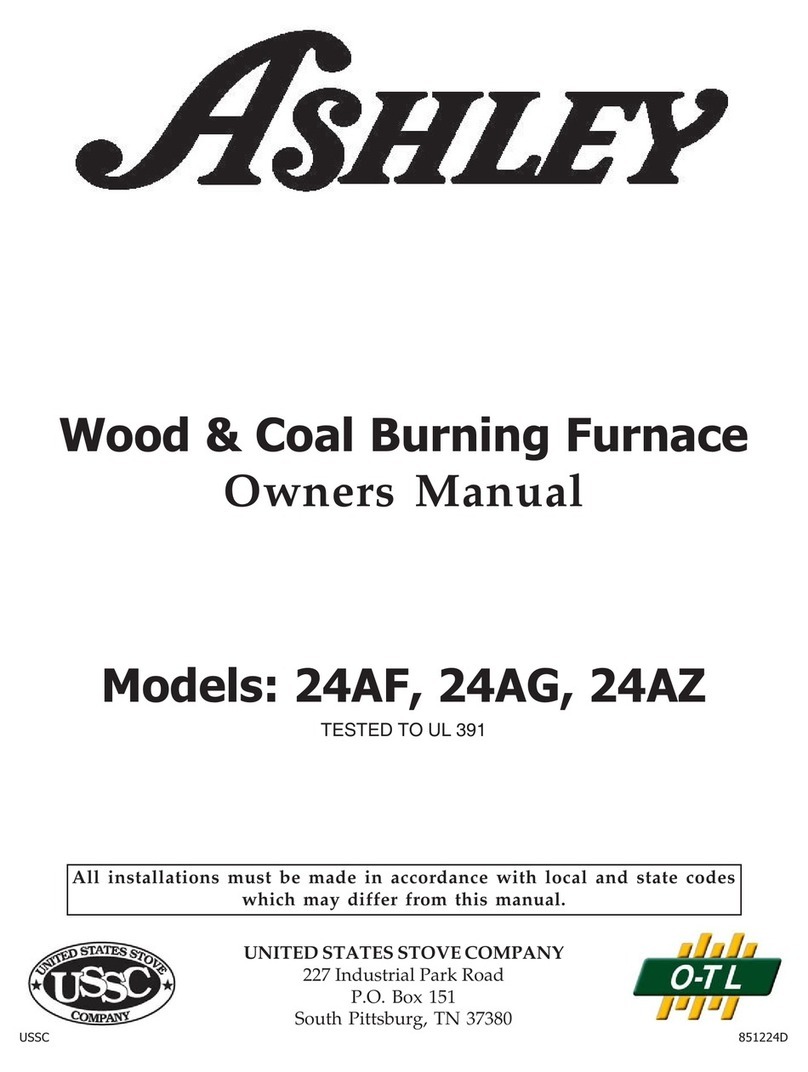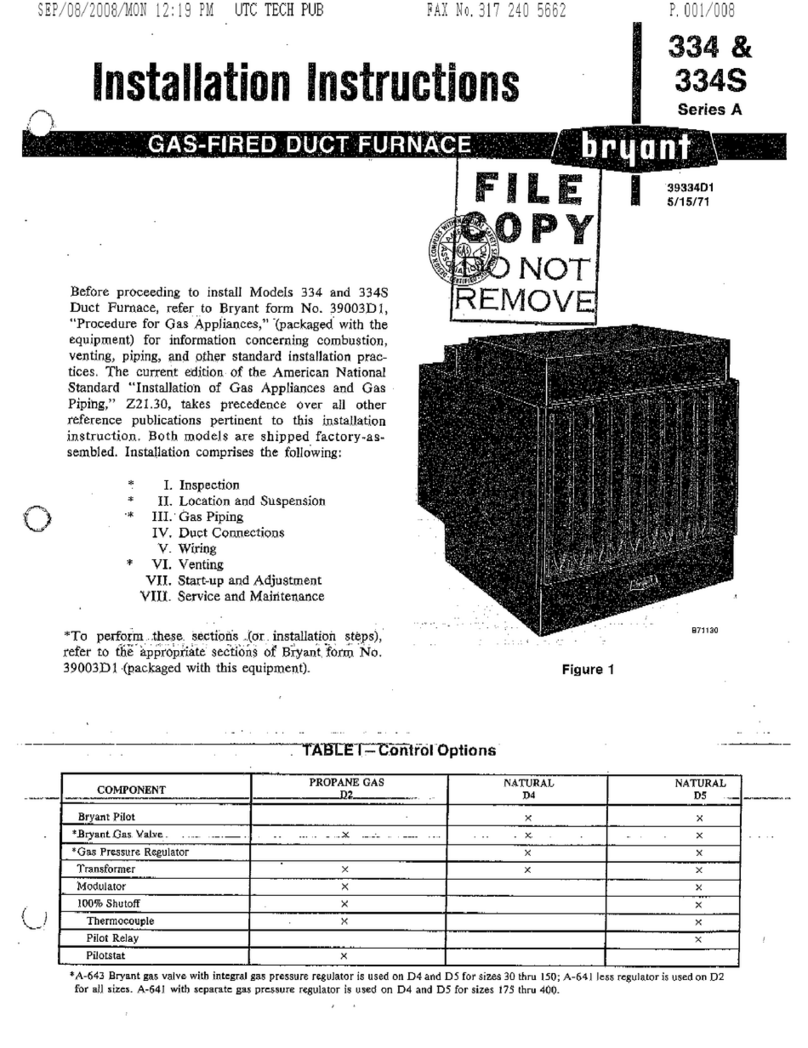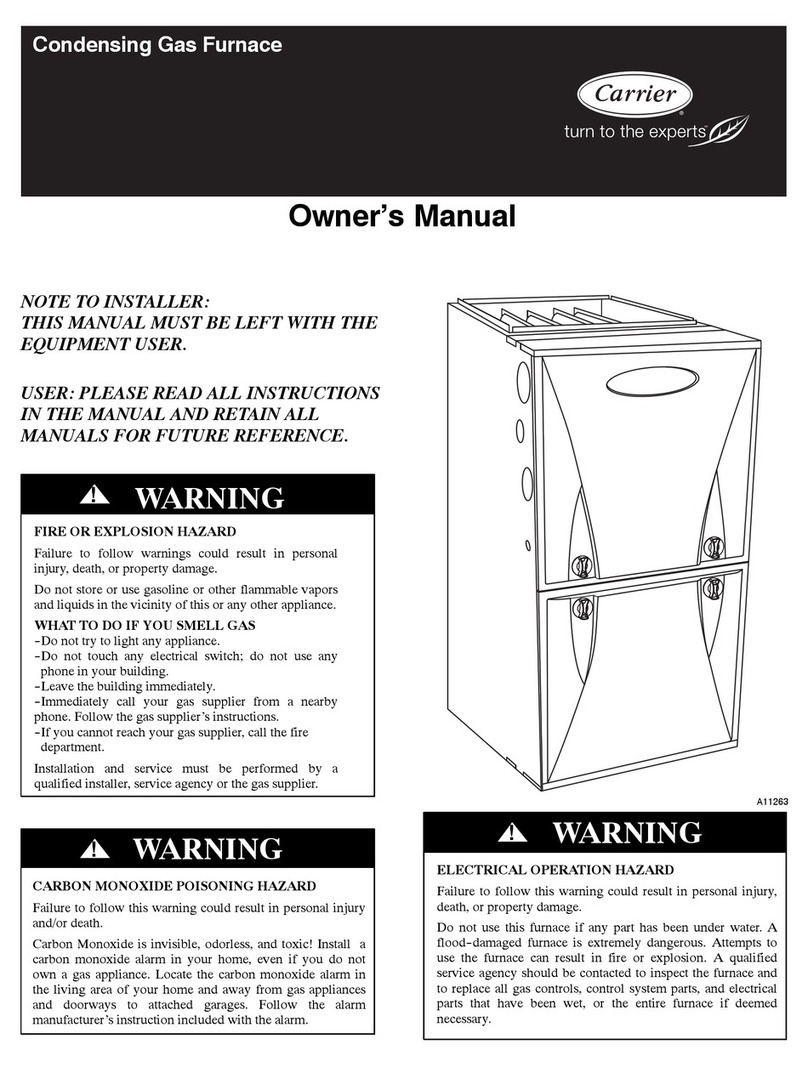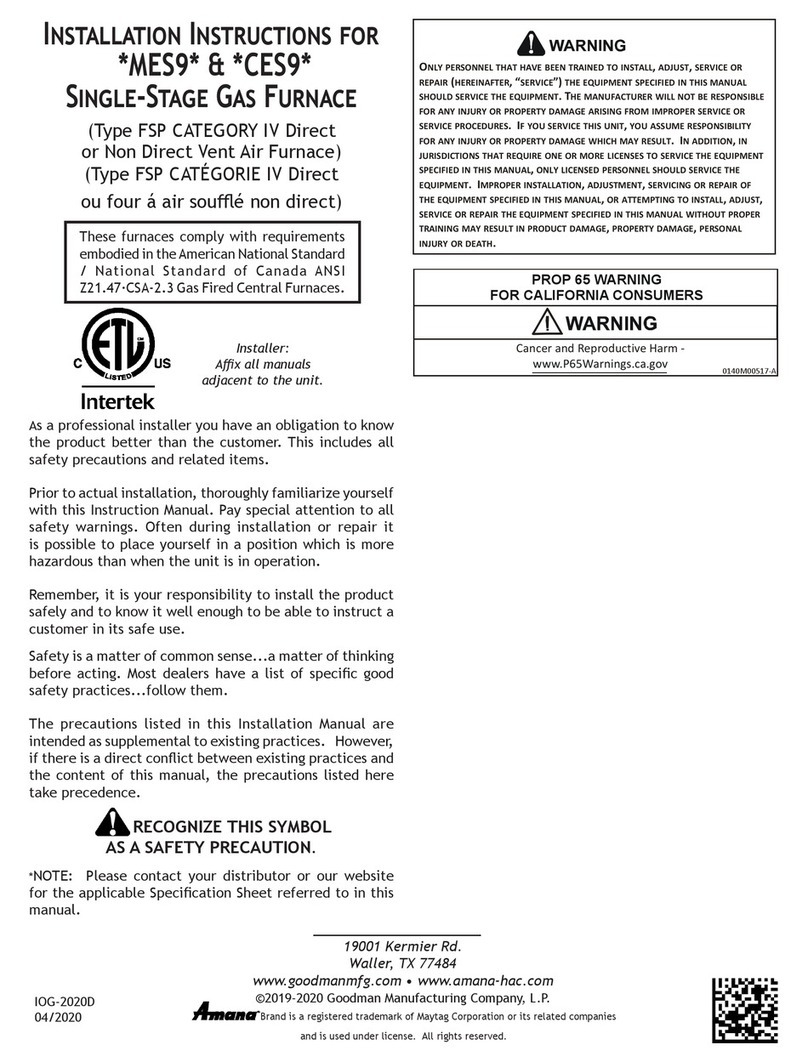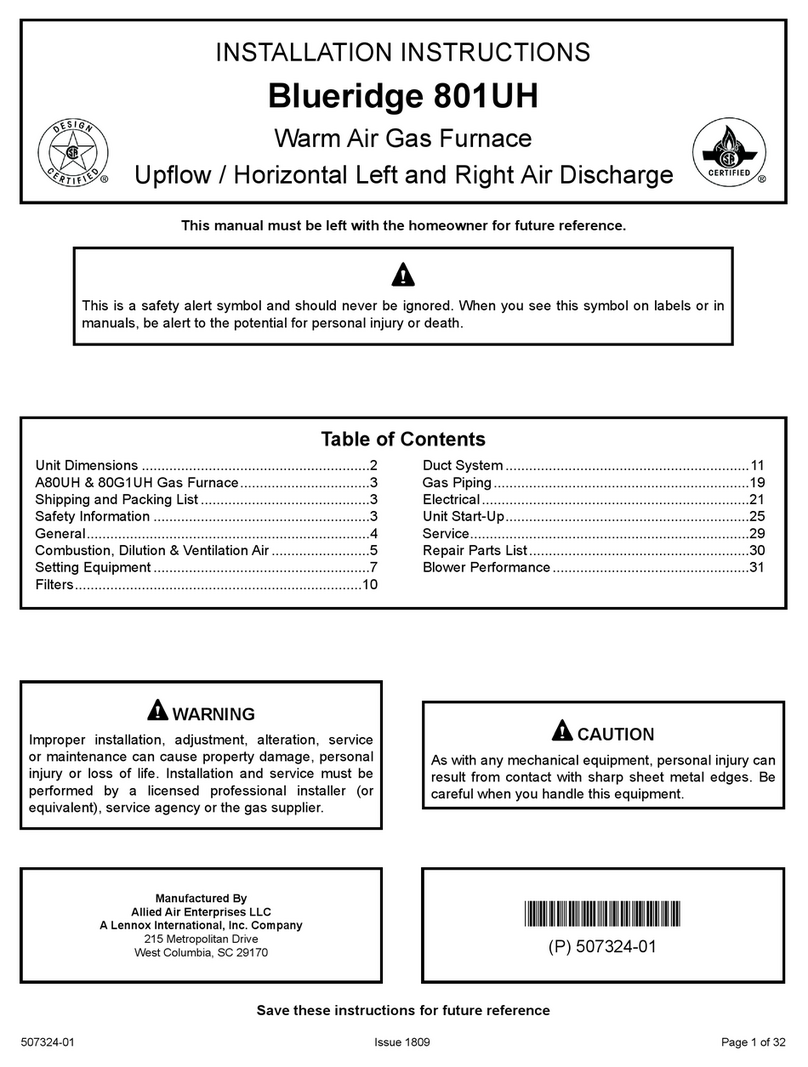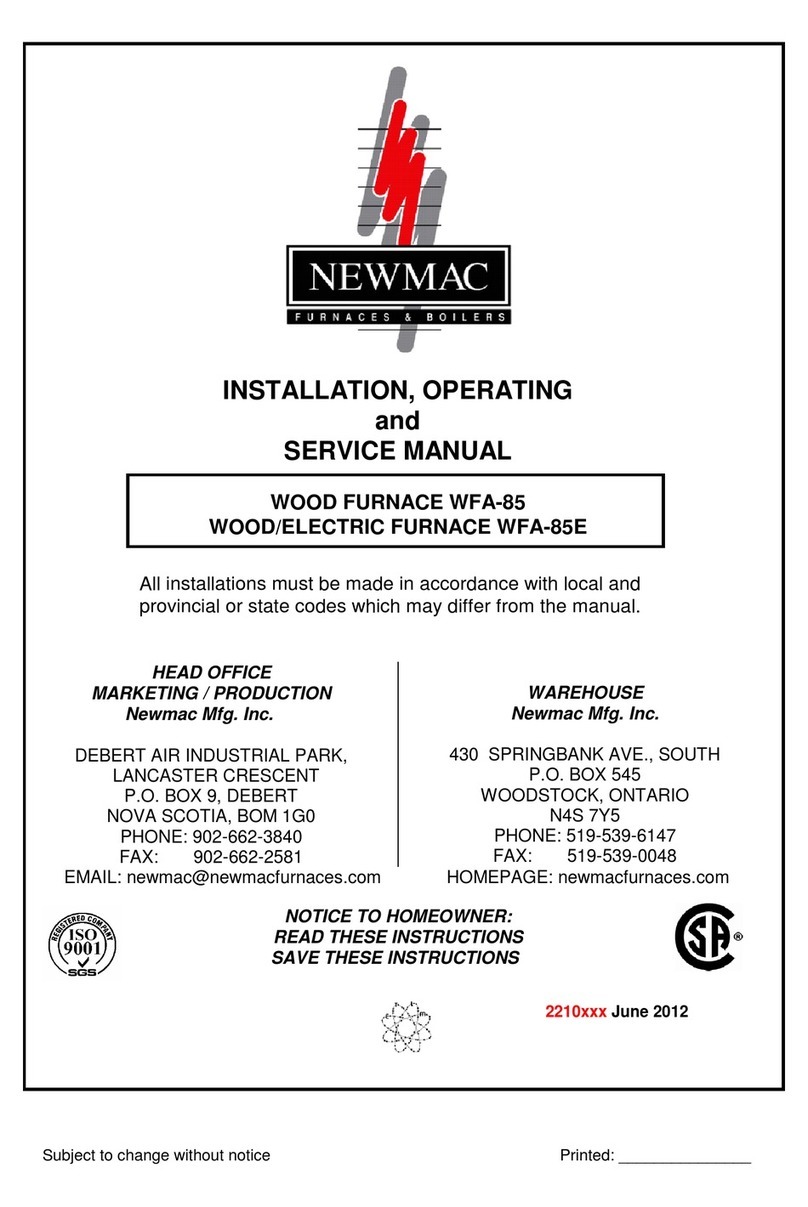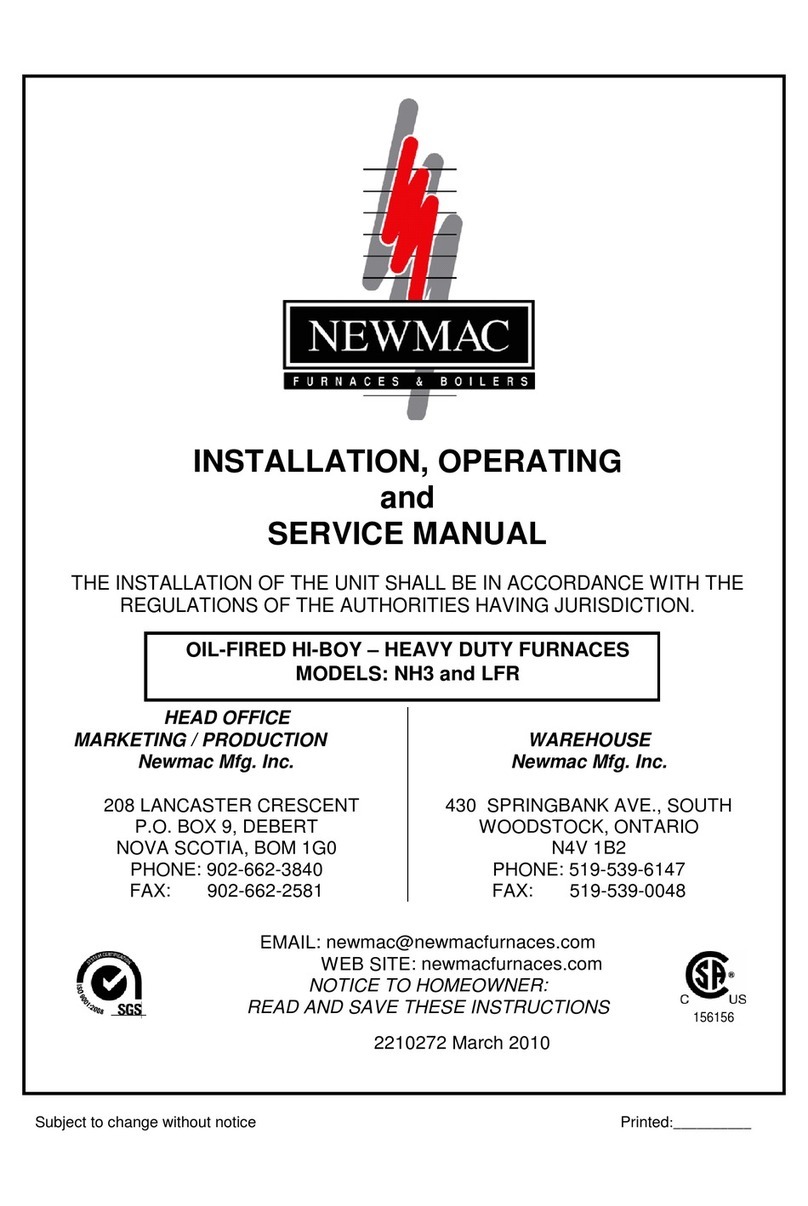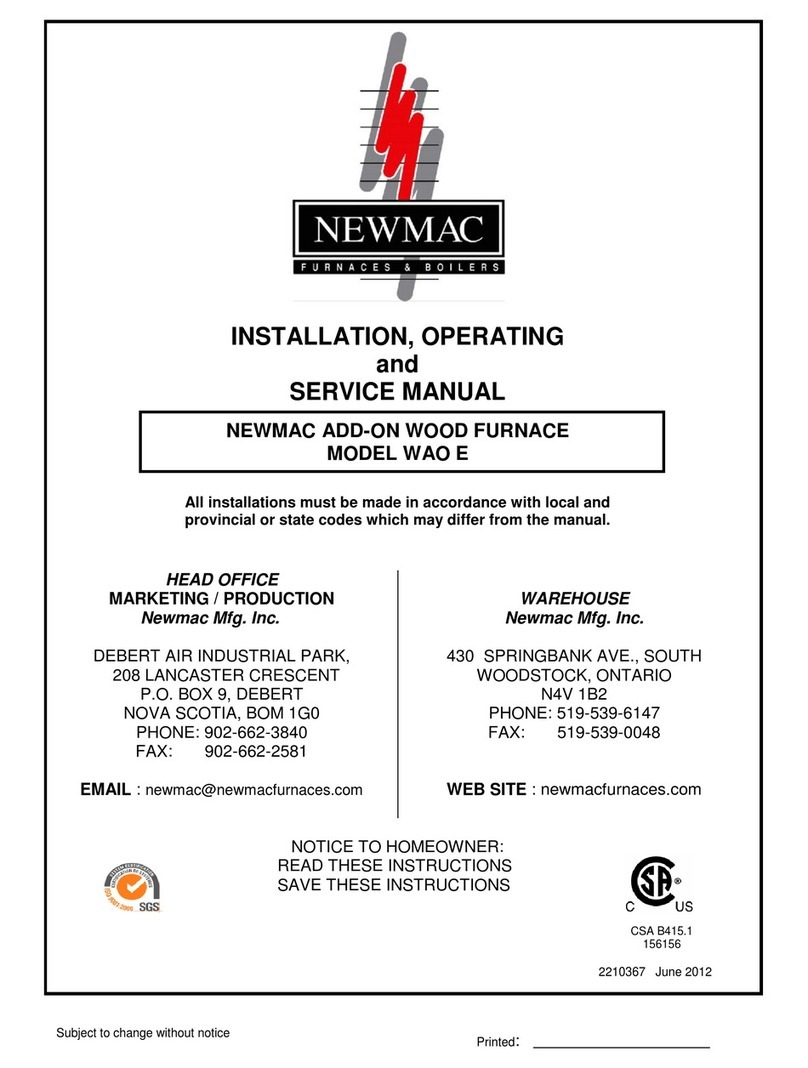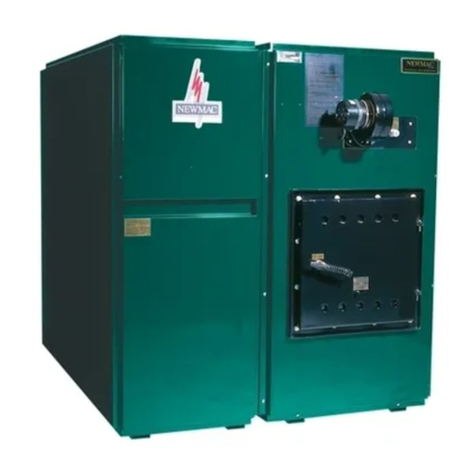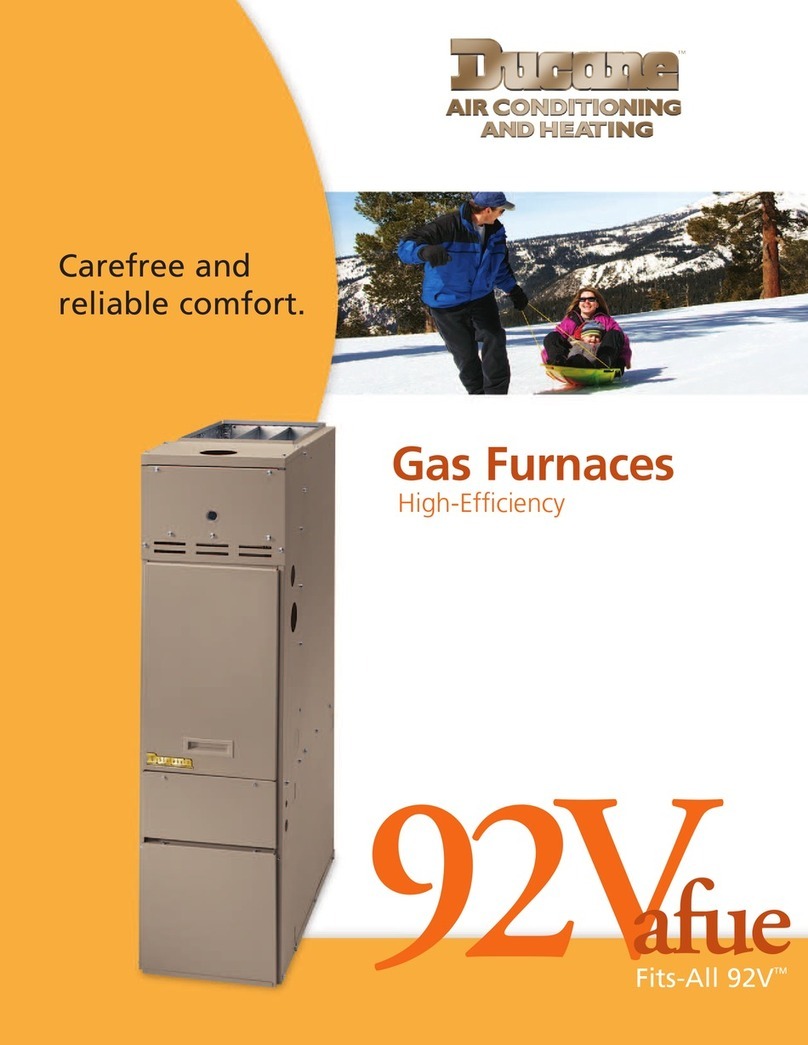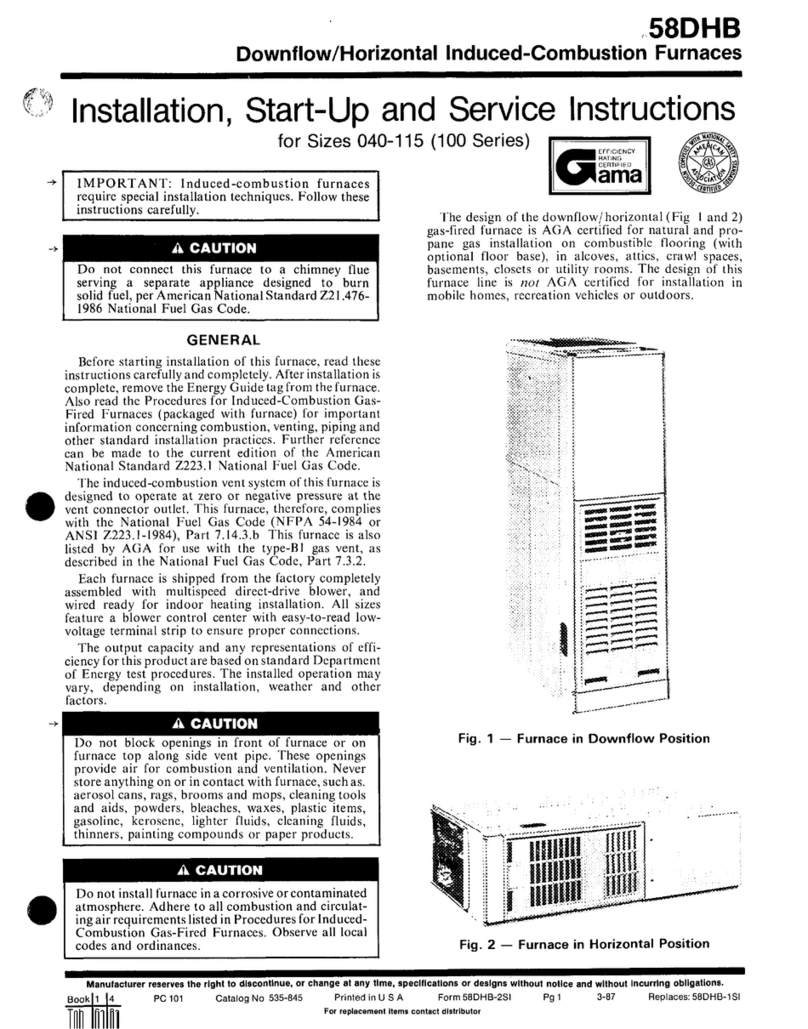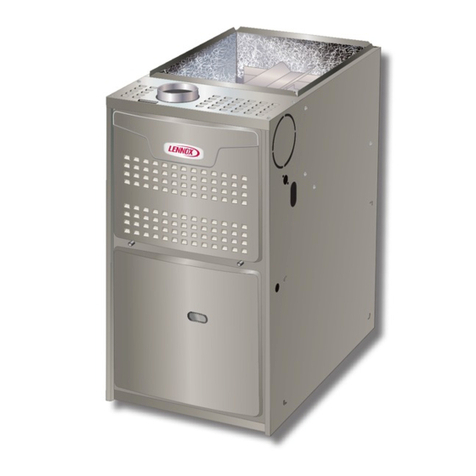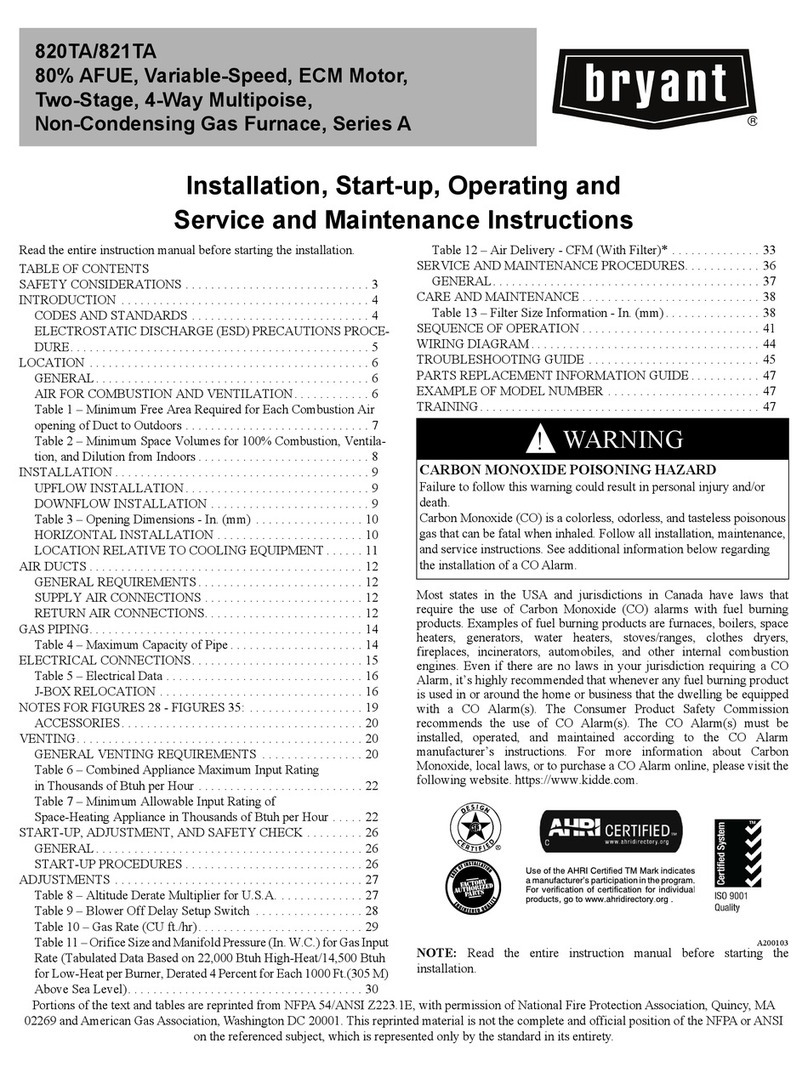and double barrel stoves) are more likely to have chimney creosote problems precisely because they do
such a good job extracting heat from the flue gases.
Generally creosote is inevitable and must be lived with. Any kind of chimney deposit decreases the
system’s heating efficiency. Soot and dried creosote accumulations have a significant insulating effect;
less of the heat in the flue gases transferred into a house through dirty stovepipes and chimneys. The most
annoying problem can be creosote dripping from a stovepipe or chimney, and the most dangerous problem
is chimney fires, during which the creosote, or its pyrolyzed residue, burns.
Creosote dripping can usually be eliminated. Joints in vertical segments of stovepipe will not leak if, at the
joints, the smaller, crimped ends always stick down into the receiving end. (Smoke will not leak out of the
joints due to this direction of overlap.) Since this is not the usual orientation for stovepipe, a double male
fitting may be necessary at some point to connect the stovepipe to the stove, a prefabricated chimney, or a
rain cap. Special drip proof adapters are available for connecting some sizes of stovepipe to Metalbestos
brand prefabricated chimneys. Common types of stovepipe elbows can leak creosote due to their swivel
joints; rigid and accordion type leak proof elbows are available. Horizontal or gently sloping joints between
horizontal pipes and/or fittings are the most difficult to seal against dripping. A good high temperature
sealant can sometimes help, but is no guarantee. The joint must also be snug, and well secured with sheet
metal screws. If all joints are made leak proof, then the creosote will generally drip into the stove, where,
when the fire is hot, it will be burned.
Chimney fires occur when the combustible deposits on the inside of a chimney burn. The deposits may be
‘raw’ creosote, pyrolyzed creosote, or soot. Ignition requires adequate oxygen, which is usually available
and sufficiently high temperatures the same conditions as for the ignition and combustion of any fuel.
Chimney fires are most likely to occur during a very hot fire, as when cardboard or Christmas tree branches
are burned, or even when a stove burns normal wood, but at a higher than normal rate. A crackling sound
can often be heard at the beginning of a chimney fire. As the intensity of the fire rises, the stovepipe will
sometimes shake violently, air will be very forcefully drawn in through the stove, and the stovepipe may
glow red hot. A tall plume of flame and sparks can be seen rising from the top of uncapped chimneys.
The most effective way to suppress a chimney fire is to limit its air supply, although both water and salt are
sometimes suggested if a relatively airtight stove is the connected appliance. This is easily done by closing
the stove’s air-inlet dampers, if all the stovepipe and/or chimney joints are tight, and if no other appliance is
connected to the same flue.
In a properly designed and maintained chimney, the only potential hazard related to chimney fires is ignition
of the building’s roof or surroundings due to sparks and burning embers coming out of the top of the
chimney. A spark arresting screen can decrease, but not eliminate this possibility, but spark screens
themselves are often not suitable for use with wood fuel because they can become clogged. The chimney
itself and the stovepipe, when properly installed, are intended to withstand an occasional chimney fire
without danger of ignition of their surroundings. During a chimney fire, one ought to check the roof and
surroundings, and possibly wet down critical areas. If the chimney may not be up to safety standards, one
should also keep a close watch on all surfaces near the chimney.
Some people start chimney fires fairly frequently, as a means of chimney cleaning. This deters very intense
chimney fires and the small ones which do happen are always under a watchful eye. Under some
circumstances, this practice may be reasonable, but generally it is a risky method to keep a chimney clean.
There is always some danger of a house fire, but in addition, any chimney fire is wearing on a chimney; the
high temperatures increase the corrosion rate of metals and the thermal expansion of masonry materials
encourage crack formation and growth.
Chemical chimney cleaners are available. Opinions on their effectiveness vary, but apparently when used
regularly, and as directed, they work, and do not damage chimneys. The usual chimney cleaning method is
the oldest human energy and some kind of mechanical tool. A stiff wire brush, a heavy chain (perhaps in a
bag) hung with a rope and worked up and down from the top of the chimney, and very small brushes have
all been used. Professional chimney sweeps are also reappearing.
Some people clean yearly, other after every few cords of wood burned, but there are so many factors
influencing creosote build up that such generalizations are not appropriate in most particular cases. In new
installations, or when changes occur (such as a different stove) the chimney should be checked frequently
(after 2 weeks, then after a month, then after another 2 months, etc.) until it is clear how frequently cleaning
is usually needed.
The preceding is an excerpt from “THE WOODBURNERS ENCYLOPEDIA” published by Vermont
Crossroads Press, Inc. – Dec., 1976.




















